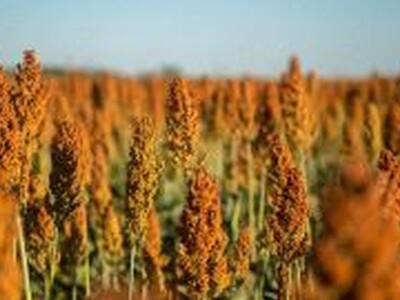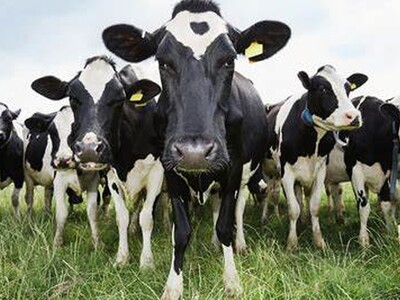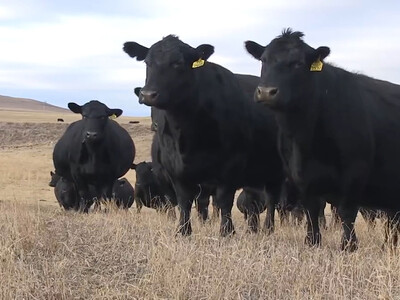Shooting in Cold
Winter conditions can and will affect a long-distance shot in several ways. For example, according to Curt Vaughn, a long-range shooting competitor, some of the powders used in rifle rounds will burn faster or slower depending on the temperatures. A faster burn creates greater projectile velocities. So, how does a shooter know how their velocities are being impacted from one season to another? Vaughn offered the following suggestions. “You will need to break out a chronograph. Fire several rounds during warmer temperatures in the summer and chronograph the velocity of the factory load or your loads. Then, do the same thing at a colder temperature, a temperature closer to what you could find yourself shooting in during the winter months.""Sure, the information on that factory ammo box may say X-Round leaves the barrel at 3,000 feet per second (fps). But did you shoot out of a 26-inch barrel? And what does that mean for you and your 22-inch barrel?"
A four-inch difference in barrel lengths can mean a difference of approximately 100 fps. And, as the distances stretch out, that 100 fps variable can easily be the difference between a hit and a miss.
Frigid temperatures can cause your rifle to freeze up. In these cases, water is the usual culprit. Even a drop or two that freezes in your action, in the safety mechanism, or near the firing pin can render your rifle inoperable.
Best advice: before taking your rifle into the winter weather, inspect and dry thoroughly.
Of course, you will need to dress with more layers and more heavily in the cold. So, make sure you practice shooting while dressed for the cold. A rifle is going to sit somewhat differently on the shoulder of a bundled-up shooter versus a shooter wearing a tee-shirt, and you may need to practice adjusting your stance or positioning to accommodate the extra clothing.
Last: fingers! A stiff trigger finger can result in a jerky pull on the trigger. Miss! That stiff finger may also have a tougher time feeling the trigger, resulting in you squeezing off a shot before you were ready.
Solution? Put several heat packs into a coat pocket or in a wool mitten and keep your fingers warm and flexible until you are ready to make that long-distance shot.















